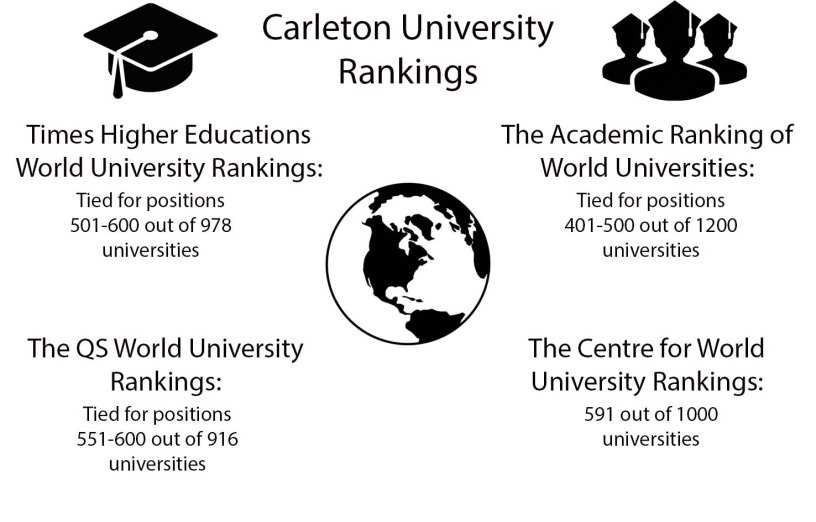A Canadian research chair and professor at the Université du Québec à Montréal (UQAM) has criticized university rankings for being used as a marketing tactic, providing no real use to students.
According to Yves Gingras, a 2015 study showed that less than two per cent of international students looked at university rankings.
“Curiously, they are taken more seriously by managers who think—erroneously—that parents and students use them largely to make choices, which is not the case,” he said.
Emily Reed, a third-year journalism student at Carleton, said she did not consider a university’s ranking before applying.
She said she looked instead for universities with a well-known journalism program and considered factors, “including proximity to home, tuition fees, the campus, extracurricular activities, and scholarships.”
Annual ranking systems include the Academic Ranking of World Universities and the Centre for World University Rankings (CWUR). These systems score universities based on factors, including how many alumni have won international awards, and how many research papers appear in reputable journals, according to their websites.
In a previous interview with The Charlatan, the CWUR said these rankings can result in more students applying to a school and the university receiving increased research funding.
Gingras said he doesn’t think any study has shown the economic impacts of rankings.
“At the undergraduate level, published research shows that the first variable which explains the choice of university is the distance from home,” he said. “For graduate students, it is the network of professors and friends who suggest where to go for a given domain.”
According to Gingras, the “fad” of ranking universities emerged after 2000. He said before that time, students chose universities by asking professors and friends their opinions, as well as taking distance and cost of living into account.
In addition, universities do not change drastically over the course of a year, so the annual published rankings only benefit those who publish it. Maclean’s magazine is one example of this, according to Gingras.
“Maclean’s sells more copies of their useless monthly journal—that does not show the quality of their rankings,” he said.
Gingras added the indicators chosen are often not appropriate to measure the general quality of a university.
– Infographic by Drew May






